ADSactly Literature - Art for Art (Parnasianism)
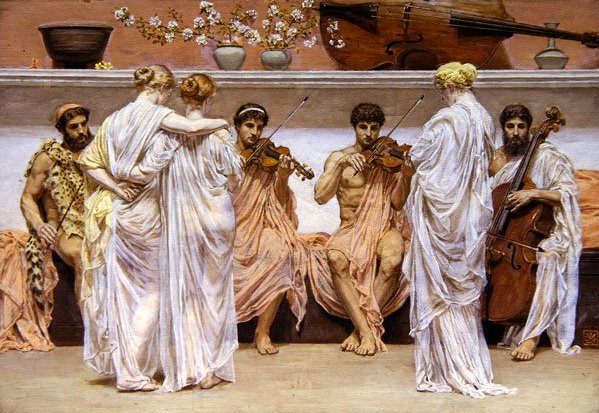
Art for Art (Parnasianism)
It is common to hear the use of the expression "art for art's sake," although in truth it is "art for art's sake," the origin of which is still in disagreement; some attribute it to the French philosopher Victor Cousin, while others attribute it to the writer Benjamin Constant, both at the beginning of the 19th century. What is certain is that it picks up an ideal that has been haunting human consciousness at different times, and is somehow announced in Immanuel Kant's philosophy. This motto defines the French movement that we will deal with here, as a milestone in the development of literary modernity, known as Parnasianism.
As we have said, France had become - and was so throughout the 19th century - the great confluence of the most important manifestations of aesthetic modernity. Romanticism had predominated since the 1930s, leaving its intense and extensive imprint on the culture and spirit of artists and the public. Without romanticism being displaced, and perhaps giving reason to its historical sense (later we will speak of the "tradition of rupture", as Octavio Paz calls it), realism emerges and develops, becoming a historical moment. Parnasianism will, to a large extent, be a reaction to both. It distances itself from the sentimentalism and spontaneity of certain romantic expressions, on the one hand, and advocates the detachment of all servility from art, including the separation of all social purpose, thus ignoring realism. This disposition and ideas are what are condensed in the motto "art by / for art".
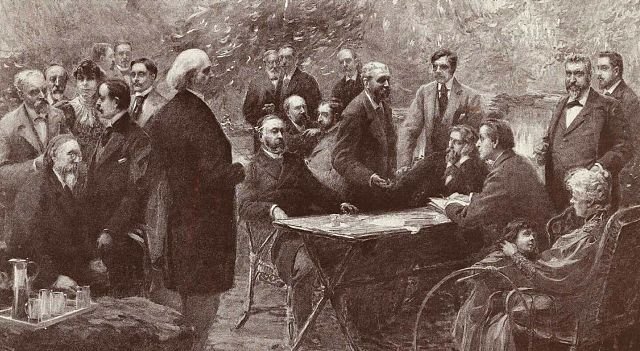
The first signs of that consciousness appeared in full romanticism, specifically in 1835, when Théophile Gautier, who had identified with that movement, in the preface to his novel Mademoiselle de Maupin writes in an ironic and vehement style:
Nothing that is beautiful is indispensable to life. If flowers were suppressed, the world would not suffer materially; and yet who would want there to be no more flowers? (...) And what use are music, painting, plastic arts? Who would have the madness to prefer Wolfgang Amadeus Mozart to Alexis Carrel, and Michelangelo to the inventor of the white mustard? The only truly beautiful thing that exists is what can't be used for anything. Everything that is useful is usually ugly, because it is the expression of some need, and man's needs are ignoble and repugnant, like his poor and sickly nature.
With this impetuous pronouncement in which he encourages the autonomy of the beautiful and his rejection of the utilitarian in art, Gautier advocated the ideal of that trend that in the 1950s received its name from the title of the magazine in which its representatives are manifested: Le Parnase contemporain. Because of its attraction for Greek art, but without being conceived as neoclassical, Parnassus was named after the sacred mountain where, according to mythology, inhabited the muses, lesser goddesses inspiring artistic creation.
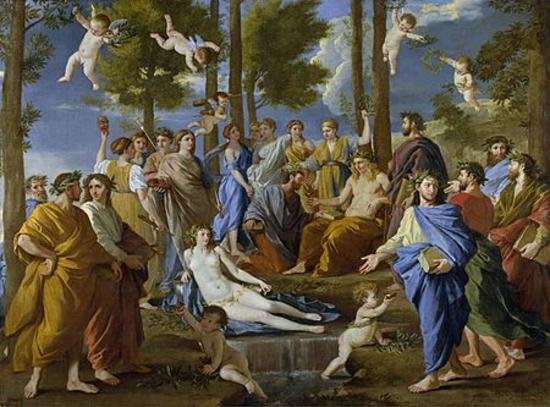
The artistic work will be conceived as the product of a creative impulse that will have in the artist's hard work its true inspiration (and the word "work" so reaffirms it); hence one of the most enhanced arts of ancient Greece is sculpture, to synthesize the dedicated, arduous trade that from raw material works the beautiful work.
In this way, the Parnasian proposal thinks of poetry as an achievement of external quality, of the search for aesthetic form, interested in cultivating the plastic and sonorous (musical) contributions of the word. For this reason, it departs from the merely sentimental and intimate; it seeks a poetry that inclines to the impersonal to the "impassive", although we know that this cannot be an absolute real achievement.
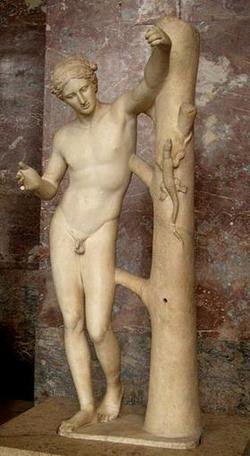
In the same way, its demand for a poetry that reaches its end in itself, that does not need to justify its existence by an external end (social, political, moral, didactic, etc.), in a certain way, proud of its isolation. However, it admitted an ethical reason. As Riquer and Valverde maintain:
The gesture of alienation from the human here represents a search for another form of humanity, free of contingencies, something, in short, that better or worse occupies the place of lost beliefs and dubious ideals.
The Parnasianism will extend to the decade of 1860, and will have several names among its cultivators and followers. Next to Gautier, its great promoter, the names of Théodore de Banville, Leconte de Lisle, Catulle Mendés and José María de Heredia stand out.
It should be noted that Parnasianism, which provides keys that will have many influences on modern literature, paves the way for Symbolism (a trend, movement or school that we will deal with in a future post); it is no coincidence that Baudelaire, Verlaine and Mallarmé were published in their magazine.
Théophile Gautier, the forerunner
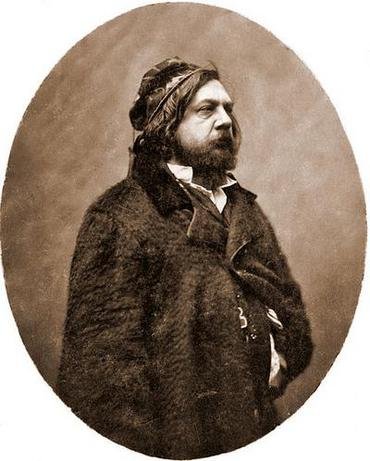
Born in 1811 and died in 1872, Gautier was a poet, novelist, art critic and journalist. He shared the ideas of French romanticism, and became friends with Victor Hugo and Nerval, great figures of that movement, but also with Balzac, identified with the realist current. After his position in the preface already mentioned, the other relevant fact is the publication in 1852 of the book of poetry Esmaltes y Camafeos, in whose title the Parnassian aesthetic vision already appears; a book of a high formal level, which had a great influence on literary evolution.
Théophile Gautier, photo Félix Nadar, 1854 Source
Let's quote fragments from two of his poems. From "The Pink Tunic":
I love the pink tunic
that your beauty is wrapped in;
is the jar of your throat;
it is the body of your slender amphora..
(…)
To silk your skin transmits
his warm tremors:
to your skin the silk returns
reflex of pale carmines.
-Who woven the magical cloth?
with threads of your own flesh,
in a mystery where they add up
light, silk and skin a mobile prism?
(…)
-Maybe the strands were dyed
in your corals of modesty,
when naked you contemplated
of your lines the splendor?
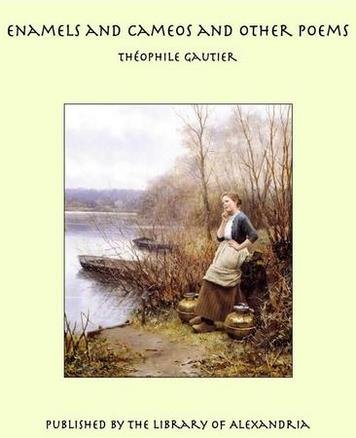
The expression of sensoriality can be observed, but with a certain degree of distance and impassibility, but also the formal elegance, the inclination for the pictorial and the sonorous reaches.
And of his poem "The art":
(…)
Let's run away from false restraints!
But remember, O Muse, to fit,
a tight coturno that squeezes you.
Always shy away from any comfortable rhythm
like a shoe that's too big
that every foot can get into.
And you, sculptor, reject softness
of the mud that the thumb can shape,
while inspiration floats far away;
it is better that you measure yourself with carrara
or with hard and demanding stoppages,
that guard the purest contours;
(…)
Everything happens. Only strong art
possesses eternity. Only
the bust survives the city.
And the rustic and austere currency
that a peasant has found underground,
remember there was an emperor.
Even the gods themselves finally die.
But the perfect verses remain
and last longer than bronze images.
Artist, sculptor, lime or zincela;
may your fluctuating dream be sealed
in the block that puts up resistance.
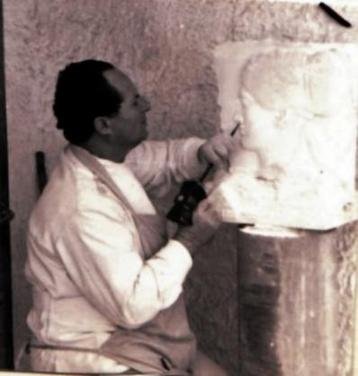
In this poem, in addition to the presence of the features indicated for the previous one, we notice a "poetic art", that is to say, a text in which the way of understanding and assuming poetry (or art in general) is spoken of. In the aforementioned poem Gautier reveals, to a large extent, the Parnassian conception already alluded to: the work resulting from hard work, demanding, carved with the best materials, and its permanence in time. This self-awareness of art will be an extremely important character in modern creation.
Lisle's Leconte, the master
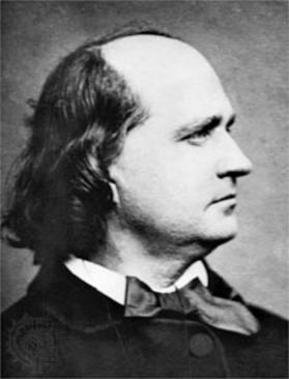
Photograph of Leconte de Lisle Source
Leconte de Lisle (1818-1894), whom the father of Hispano-American Modernism called "Pontiff of the Parnassus", was the author of three important books of poetry: Ancient poems (1852), Barbaric poems (1862) and Tragic poems (1884), in which the parasitic and post-romantic spirit is expressed in a decisive way.
One of his poems, "De los modernos", is significant of that severe and melancholic vision that marks his work and a certain Parnassian atmosphere.
You live in rebellion, but without dreams, without destiny,
older, more decrepit than this infertile world,
castrated from the cradle by the murderous century
of all noble, vigorous and profound ardor.
Your mind is as empty as your fate,
and you have sullied this miserable world
with a corrupted blood, with a harmful breath,
and death grows alone in this filthy mud.
Men, hunters of gods, the times are near,
where the great pillars of gold will become muddy,
where the fertile sun will gnaw at the largest rocks.
Unfaithful in day and night without remedy,
born in the stulta nothing of the supreme tedium,
you die stupidly when you open your mouths.
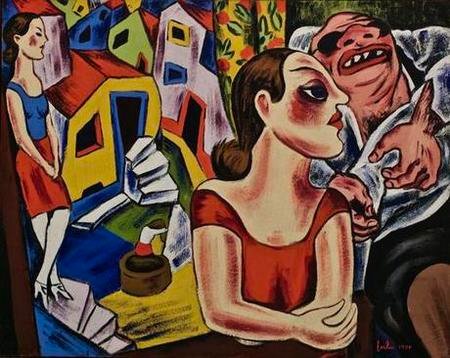
And with this vision of the modern, typical of a poet who saw the values of beauty sink and the humanist and religious spirit in which it was formed (Greece and India), we close this post, until a new delivery where we will continue approaching the pillars of literary modernity.
Bibliographic references
Friedrich, Hugo (1974). Structure of modern lyric. Spain: Edit. Seix Barral.
French Romantic poets. Anthology. (1999). Spain: Edit Planeta.
Riquer, Martin de and Valverde, José M. (1979). History of Universal Literature (Volume III). Spain: Edit Planeta.
Todó, Lluís (1987). Symbolism. The Birth of Modern Poetry. Spain: Edit. Montesinos.
Authored by @josemalavem
Click on the coin to join our Discord Chat

Witness proposal is here:
Go To Steem Witness Page
In the bottom of the page type: adsactly-witness and press vote.

Use small letters and no "@" sign. Or, click here to vote directly!
Thank you!
@adsactly, loved the post. The French culture contributed so much to the world. There were truely the great thinkers of their day. I've had a number of friends visit and go to school there as exchange students, and loved it. I too would like to spend some time there, especially visiting the Louvre. Aux Français, qu'ils prospèrent et partagent leur amour de la vie comme avant!
The reward of this comment goes 100 % to the author guysellars. This is done by setting the beneficiaries of this comment to 100 %.
Thank you for your reading and assessment, @guysellars. That's right, France occupied a place at the time in all the advances of art. I would also like to visit Paris and other important cities of that country. Greetings.
"Art for art's sake," this is the great idea of parnasianism. Art as an end, not as a means in itself. This is perhaps one of the concerns that persist today: to know the usefulness of art, its functionality, beyond beauty. I like the poem by Gautier that you selected that speaks precisely of how art should be seen: like that shoe that can't be tight, that can't be uncomfortable for walking; but neither like the loose shoe that you don't feel, that makes you stagger along the way. But if you have to choose between the two shoes, choose the one that makes you suffer, the less easy. Ease in art does not make art. As always, excellent work, @josemalavem. Thank you for sharing and @adsactly for publishing.
Thanks for your comment, @nancybriti. The Parnasians, and especially Gautier, played a very important role in the modern awareness - to this day - of the autonomy of art, which, in my opinion, is one of the qualities that make it so. "Non serviam", paraphrasing the luceferino motto, will proclaim the poet Vicente Huidobro at the beginning of the avant-garde. Greetings.
In my opinion, literature is always born from a mature understanding of the essence of life. And France is a region filled with prosperity so that many writers were born in the country and gave influence to world literature. on the flow of parnasianism I see it as an anxiety writer who has a high scientific level until he feels the need to convey the beauty of the knowledge learned and explored. then Parnasian was born. If we look further I see that the parish writers also have thoughts above the knowledge they study more deeply, there is a beauty of literature that is very likely to be connected with the beauty of the holy books of major religions.
Maybe that's my view that might be a little different from the opinions of other friends.
Thank you @josemalavem
Thank you @adsactly
Thank you Steemit
Warm regard from Indonesia
Hey, hope you are having a nice day!
We stopped by to invite you to participate in the "Caption this photo" and "Finish this story" contests and win prizes worth 12 Steem!
Also check out 1Ramp on Android and Web.